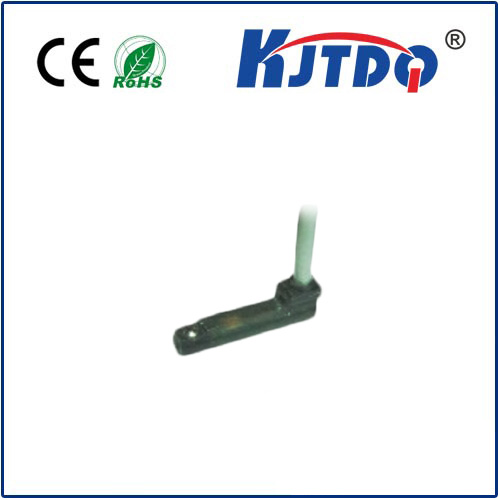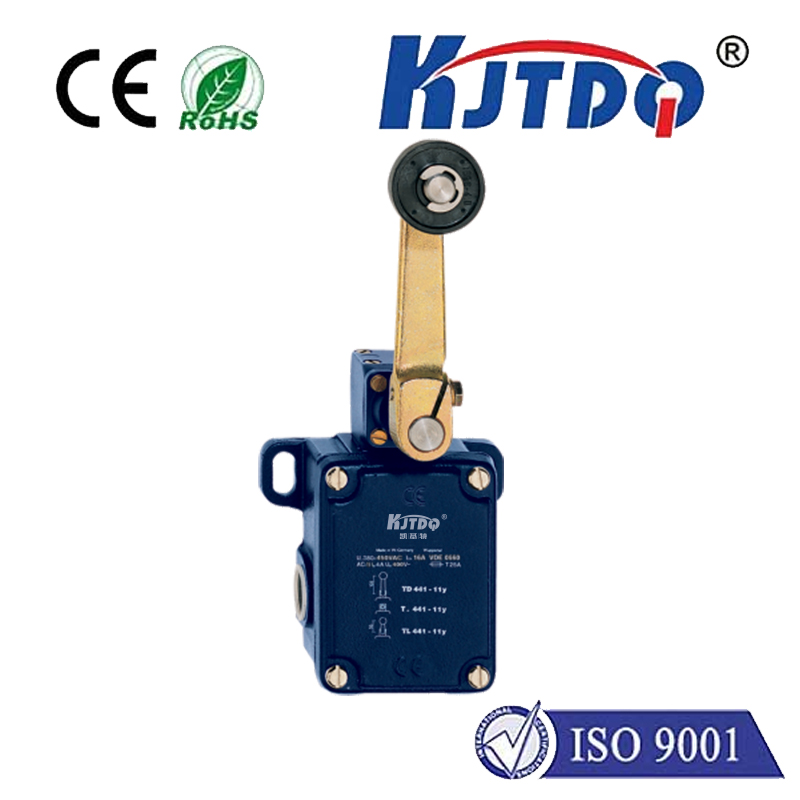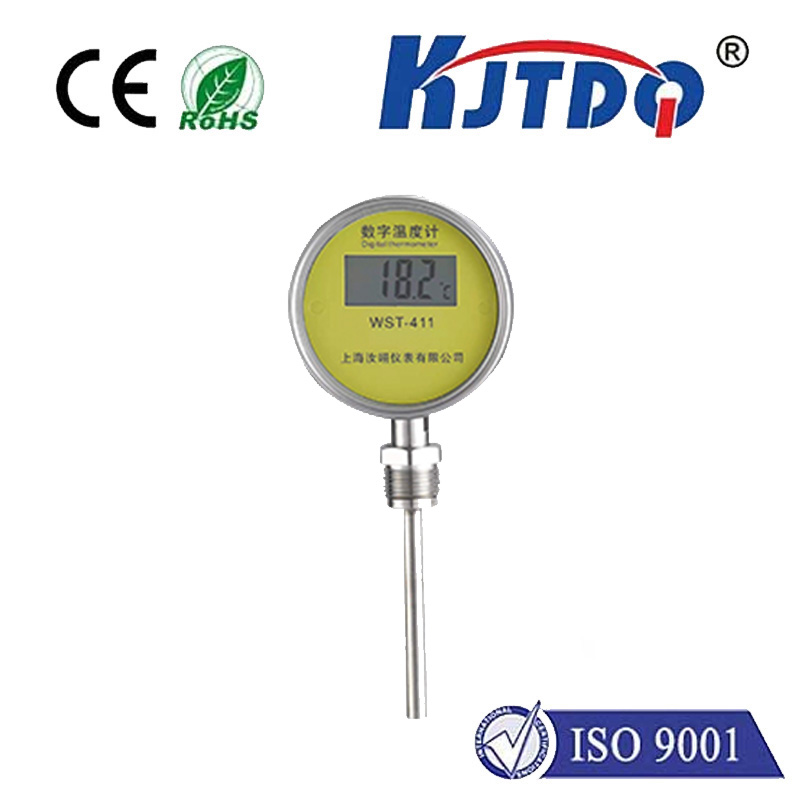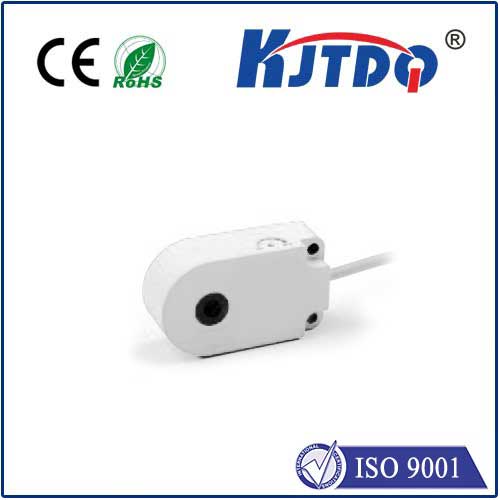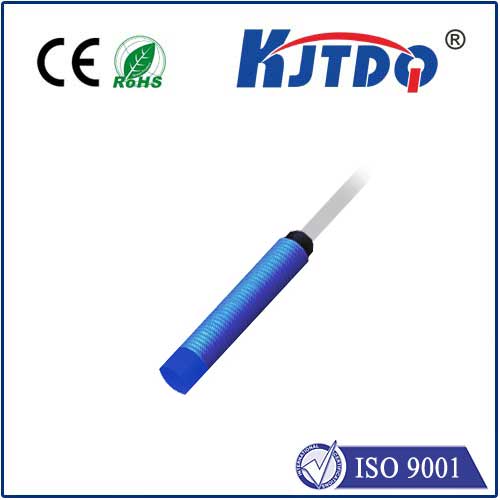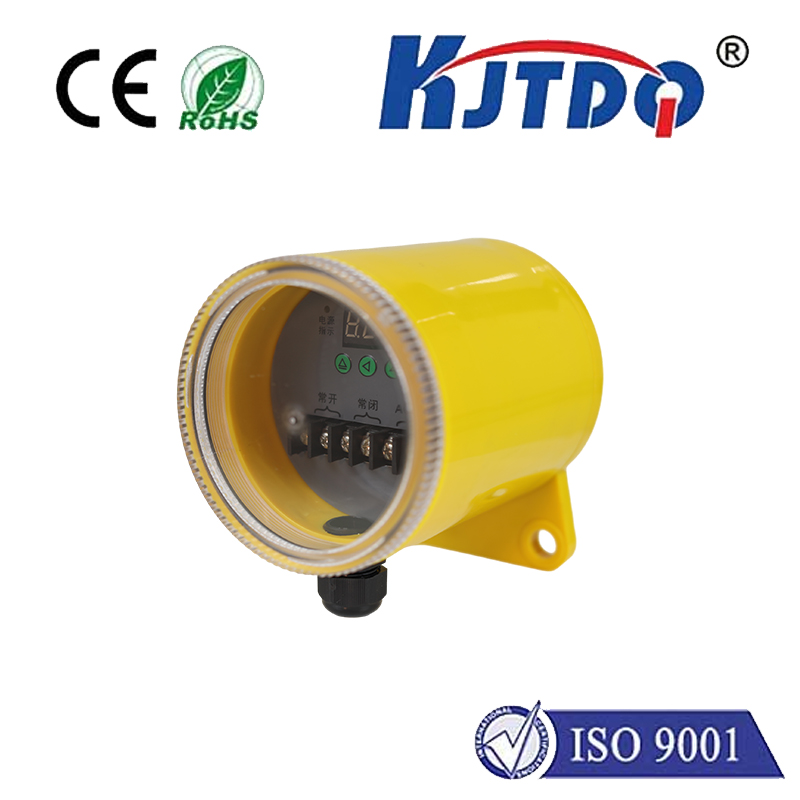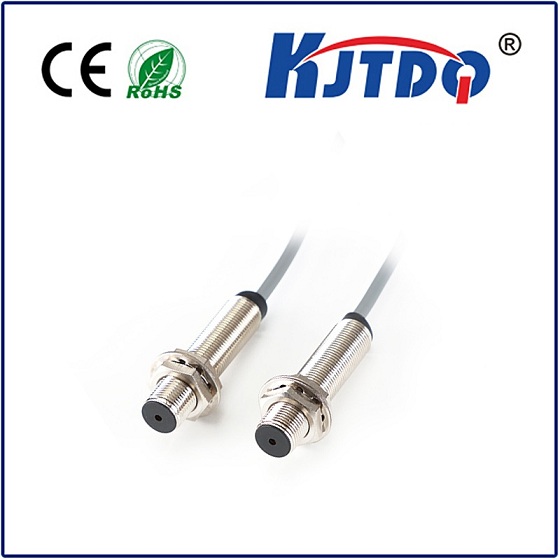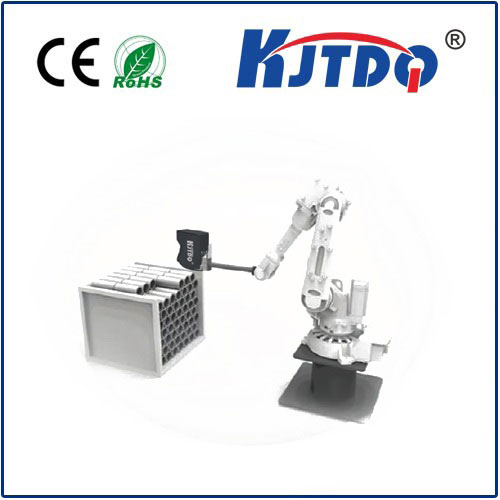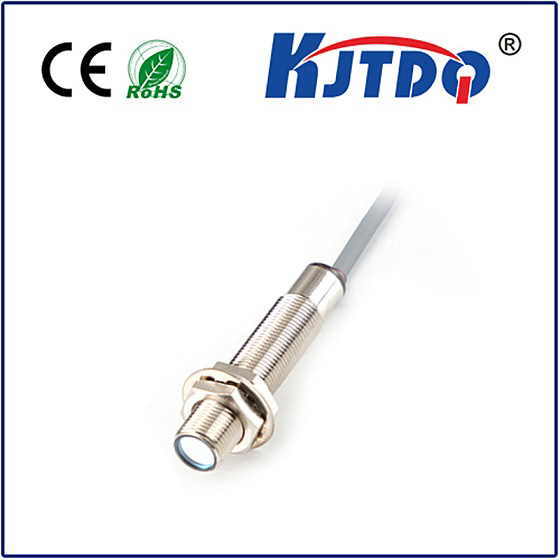
check

check

check

check
## Introduction to KBP3/127 Belt Sway Switches
The KBP3/127 belt sway switches are crucial devices used in the conveyor systems of mining and industrial applications. These switches play a significant role in monitoring and ensuring that the conveyor belt operates within its designated path, thereby preventing misalignments that could lead to material spillage or mechanical failures. By detecting deviations in the belt's alignment, these switches contribute to the smooth, efficient, and safe operation of conveyor belts.
## How KBP3/127 Belt Sway Switches Work
Belt sway switches function by detecting any misalignment in the conveyor belt as it moves along its track. When the belt deviates from its set path, the edge of the belt contacts a vertically mounted roller on the switch. This contact causes the roller to rotate and tilt, generating an electronic signal based on the degree of the misalignment. If the misalignment exceeds a predetermined action angle, the switch triggers an alarm or initiates a stoppage of the conveyor, depending on the severity of the deviation. Once the belt is realigned and the conveyor resumes normal operation, the vertical roller returns to its original position automatically.
## Structural Features and Benefits of KBP3/127 Belt Sway Switches
One of the primary structural features of KBP3/127 belt sway switches is their robust aluminum alloy housing, which provides high strength and lightweight properties. This allows the switches to withstand harsh industrial environments while remaining durable and reliable. The housing also offers excellent protection against dust and water ingress, meeting the IP67 standard, making them suitable for long-term use in extreme conditions.
Another key advantage of these switches is their large electric shock capacity and sensitive movement. This ensures that they operate reliably and respond quickly to changes in belt alignment, reducing downtime and potential damage to the conveyor system.
## Installation and Cable Connections

Installing KBP3/127 belt sway switches involves fixing them to the frame of the conveyor machine and then welding them securely. The axis of the vertical roller should be at a 90-degree angle to the direction of the belt, with a recommended distance of 50 to 100 mm between the roller and the edge of the belt. For optimal coverage, a pair of switches should be installed every 50 meters along the length of the conveyor.
The switches come equipped with four-core cables, marked No.1, No.2, No.3, and No.4. Typically, No.1 and No.2 are normal open contacts, while No.3 and No.4 are normal closed contacts. It is essential to verify this configuration before installation to ensure compatibility with the control system.
## Technical Specifications
Here are some of the technical specifications for the KBP3/127 belt sway switches:
- Model: PPKG
- Contact Capacity: AC380V 5A
- Normal Open: 2
- Normal Closed: 2
- Action Angles: First Level: 12°, 10°, 25°; Second Level: 30°, 45°, 30°
- Limit Angle: 70°
- Restoration Type: Automatic
- Protection Level: IP67
- Weight: 2.25kg
These specifications ensure that the switches can handle a wide range of operational conditions and provide accurate detection of belt misalignments.
In conclusion, KBP3/127 belt sway switches are essential components in ensuring the efficiency and safety of conveyor belt operations. Their robust construction, reliable performance, and easy installation make them ideal solutions for monitoring and managing belt alignment issues in various industrial settings.
